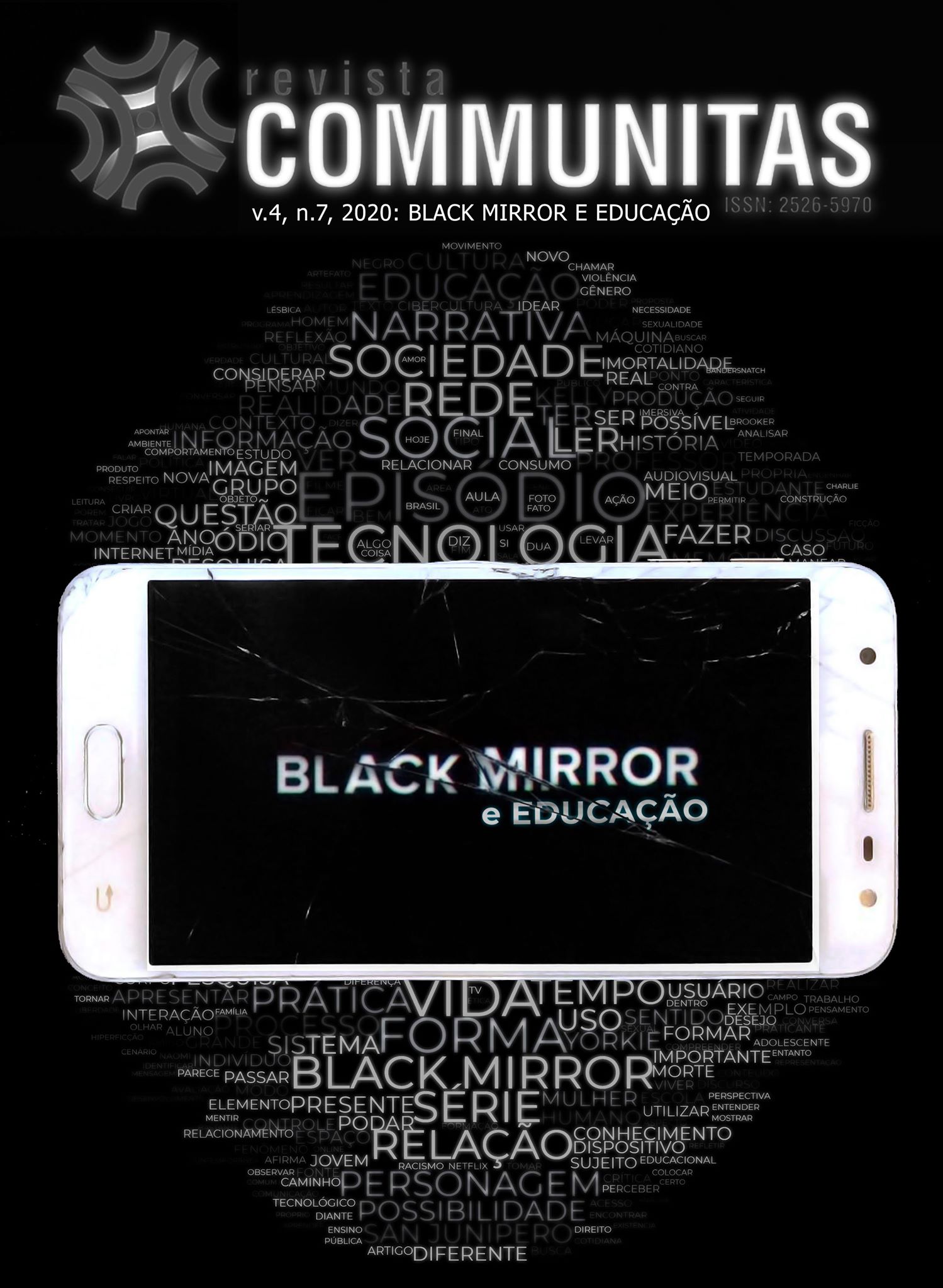From Hopscotch to Bandersnatch: the narrative paths of hyperfiction
OS CAMINHOS NARRATIVOS DA HIPERFICÇÃO
Keywords:
Hyperfition; Bandersnatch; hypertexts; digital narrative.Abstract
This article aims to explore the concept of hyperfiction from two analogical narratives presented in the middle of the twentieth century, specifically Jorge Luis Borges’s tale “The Garden of Forking Paths” (1941), and Julio Cortázar’s novel “Hopscotch” (1963), to develop an analysis of Bandersnatch’s digital narrative, the first interactive movie made by the creators of the Black Mirror series, released in December 2018 on the Netflix streaming platform. When entering digital support, the hyperfiction has the striking feature of enabling hypertext-mediated interaction, to a greater or lesser extent, allowing the reader/viewer/user to decide on the course of the story. The reflection presented in this article, therefore, intends to understand these new narrative paths of fiction in the era of hypermedia, conceptualized as hyperfiction – a contemporary phenomenon that erases the demarcated boundaries between literature, movies, games and hypertexts.
Keywords: Hyperfition; Bandersnatch; hypertexts; digital narrative.
Downloads
References
BORGES, J. L. O Jardim dos caminhos que se bifurcam. Em: Ficções. Tradução de José Colaço Barreiros. Linha-a-Velha: Abril /Controljornal, 2000.
CAMPBELL, J. O herói de mil fases. São Paulo: Pensamento, 1995.
CORTÁZAR, J. O jogo da Amarelinha. Tradução: Eric Nepomuceno. São Paulo: Companhia das Letras, 2019.
ECO, U. Seis passeios pelos bosques da ficção. São Paulo: Companhia das letras, 1994.
FIELD, S. Manual do roteiro: os fundamentos do texto cinematográfico. Rio de Janeiro: Objetiva, 2001.
HERRERO, H. M. Hiperficción. Alicante: Cinestesia, 2015.
ORIHUELA, J. L. El narrador en ficción interactiva. El jardineiro y el laberinto. Em: Quién cuenta la historia. Estudios sobre el narrador en los relatos de ficción y no ficción. Pamplona: Ediciones Eunate, 1999. Disponível em https://webs.ucm.es/info/especulo/hipertul/califia.htm
(Acesso em 2/11/2019).
SCOLARI, C. Bandersnatch: apuntes sobre la construcción del teleusuario. En: Hipermediaciones, 2019. Disponível em: https://hipermediaciones.com/2019/01/06/bandersnatch/ (Acesso em 15/12/2019)
SILVA, M. Sala de aula interativa. São Paulo: Loyola, 2012.
SILVA, M.; SANTOS, E. Conteúdos de aprendizagem na educação on-line: inspirar-se no hipertexto. Educação & Linguagem, v.12, n.19, 2009, p. 124-142. Disponível em: https://www.metodista.br/revistas/revistas-ims/index.php/EL/article/viewFile/817/885
(Acesso em 10/11/2017).
SANTAELLA, L. Comunicação ubíqua. Repercuções na cultura e na educação. São Paulo: Paulus, 2013.
XAVIER, A. Desafio do hipertexto e estratégias de sobrevivência do sujeito contemporâneo. Estudos da Lingua(gem), v.13, n.2, 2015, p. 73-90.
Downloads
Published
How to Cite
Issue
Section
License
The Copyright for articles published in this magazine belongs to the author, preserving the rights of first publication for the Communitas Magazine. Because they appear in this publicly accessible journal, the articles are free to use, with their own attributions, in educational and non-commercial applications.
























